During the Cold War, the world weapons market was basically divided into “Western-style” and “Soviet-style”. Western weapons were expensive, but they had a good performance and full functions; Soviet-style weapons were relatively crude, with single functions, but relatively cheap.
One is because the weapons sold by the Soviet Union are often “shrunk versions”, also called “monkey versions”, which have a performance gap with the things they use.
The second is that the military thinking of the Soviet Union emphasizes “systems”, and weapons must be used in conjunction to exert their strength. Unfortunately, most countries do not have a complete Soviet-style system.
Among the weapons of the Soviet Union, fighter jets are the equipment that best represents the “Soviet systematization” thinking.
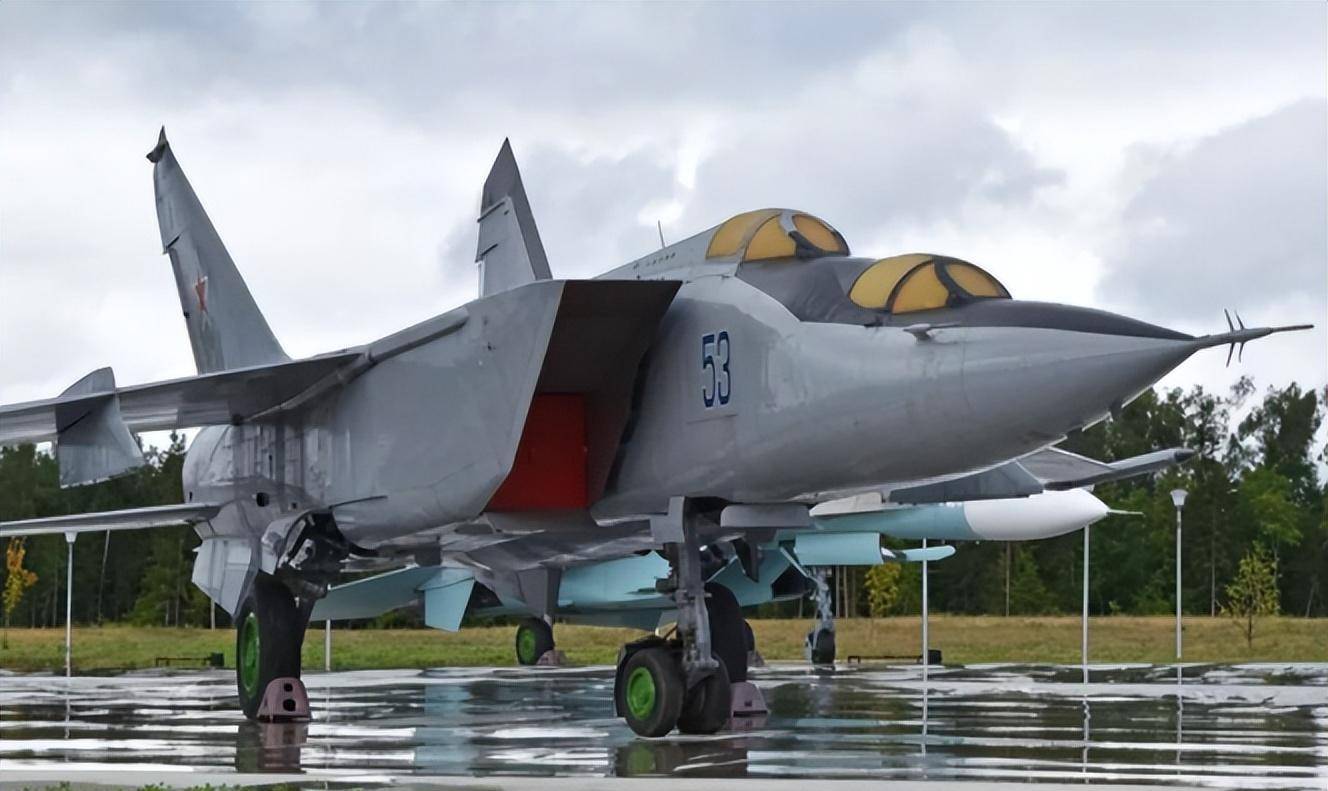
The heavy fighters of the Soviet army had “front-line fighters” dedicated to air combat, “multi-purpose aircraft” for long-distance cruising, and “interceptors” used to intercept enemy bombers. One of these fighters may have shortcomings in performance, but the composition system is invincible.
Represented by the MiG-25, this Soviet high-speed interceptor was a nightmare for the West during the Cold War.
The MiG 25 is not only an interceptor but also has an important position in the history of human aviation. It is the first fighter jet with a top speed exceeding Mach 3, and has even set a record for a manned aircraft flying at an altitude of 32,000 meters.
When the MiG 25 first entered the ranks, even air-to-air missiles could not catch up with its speed, and it was hailed by Israel as the “doomsday fighter”.
The MiG-25 once caused the “MiG-25 panic”, and its exaggerated performance once made American scientists both scared and curious.
It was not until the United States obtained a real MiG-25 that it pierced the “tiger skin” of the Soviet Air Force and stopped the panic that enveloped NATO.
So, how was the MiG 25 born? Is it really as powerful as it is said to be? As the secret weapon of the Soviet Air Force, how did the Americans get the MiG-25?
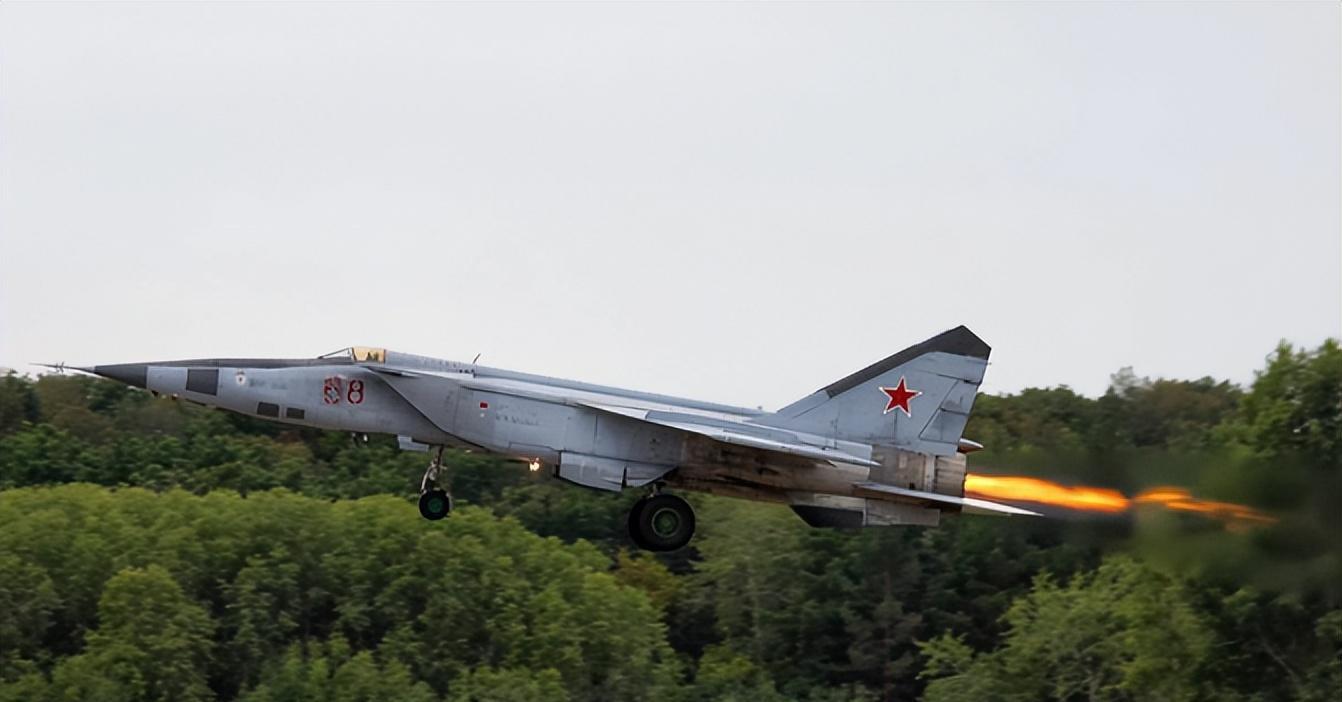
1. Extreme Warrior: MiG 25
At the end of World War II, it was not tens of thousands of Allied soldiers, but tens of thousands of bombers of the British, American and Soviet Air Forces that completely destroyed the foundation of Germany and Japan’s national power.
Strategic bombing can completely destroy a country’s economic strength and national morale. Germany and Japan were reduced to scorched earth in the war’s later stages, and industries were completely paralyzed, all due to strategic bombing.
After the war, due to the use of nuclear weapons, strategic bombing was more deadly to the destruction of a country. During the Cold War, both the United States and the Soviet Union were researching high-altitude and high-speed bombers in order to destroy the enemy in the future.
Since then, the bombers have been flying faster and higher. At that time, the surface-to-air missiles of the United States and the Soviet Union could no longer catch up or reach them, which made the armies of the two countries very uncomfortable.
Especially the Soviet Union, because it lagged behind the United States in materials science, the speed of the aircraft has been unable to increase.
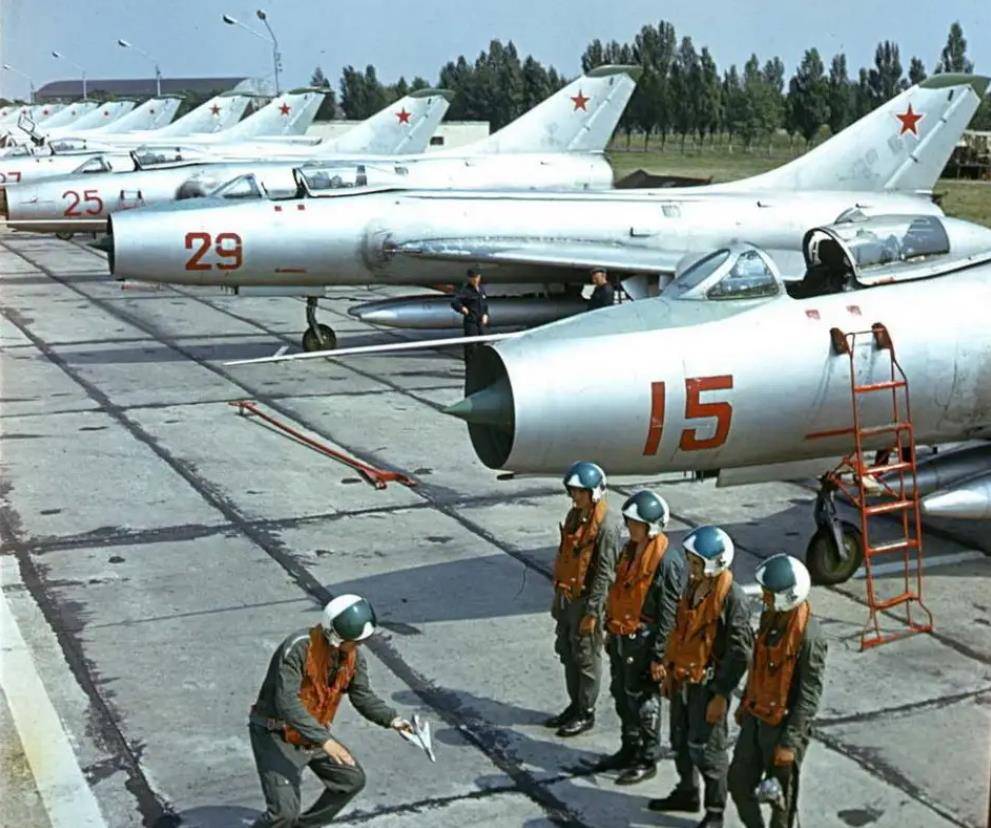
In the early 1960s, the United States secretly tested the “Valkyrie Bomber“, code-named XB-70, with a limit speed of around Mach 3, which is more than 3,600 kilometers per hour.
In addition, the “Valkyrie” can fly at an altitude of more than 21,000 meters, carry up to 14 nuclear bombs, and can destroy a medium-sized country in one flight.
The news of the successful test flight of the “Valkyrie” reached the Soviet Union, and the Soviet Ministry of Defense was very nervous. At that time, the fastest aircraft in the Soviet Union was barely Mach 2, which was not worth mentioning in front of the American “Valkyrie”.
What’s even more frightening is that this American aircraft has overcome many technical bottlenecks in the engine and aircraft materials. You must know that the maximum temperature of the fuselage of the “Valkyrie” exceeds 400 degrees when it flies at high speed, and it has already softened when it is replaced with aluminum-magnesium alloy.
Therefore, high-speed fighters like the “Valkyrie” have high material requirements.

The United States has this kind of technology, and there will be more and more high-speed aircraft in the future. Later, the appearance of the “Blackbird” reconnaissance plane in the United States verified the concerns of the Soviets.
In this case, the Soviet Union can’t sit and wait to be beaten. Since the material science is far behind, let’s solve the engine problem first.
For this reason, the Soviet Union developed the R-15-300 turbojet engine, which has a maximum thrust of 86 kN and a thrust of more than 110 kN under afterburner conditions. If two such engines are installed, it is enough for a heavy fighter to fly above 3 times the speed of sound.
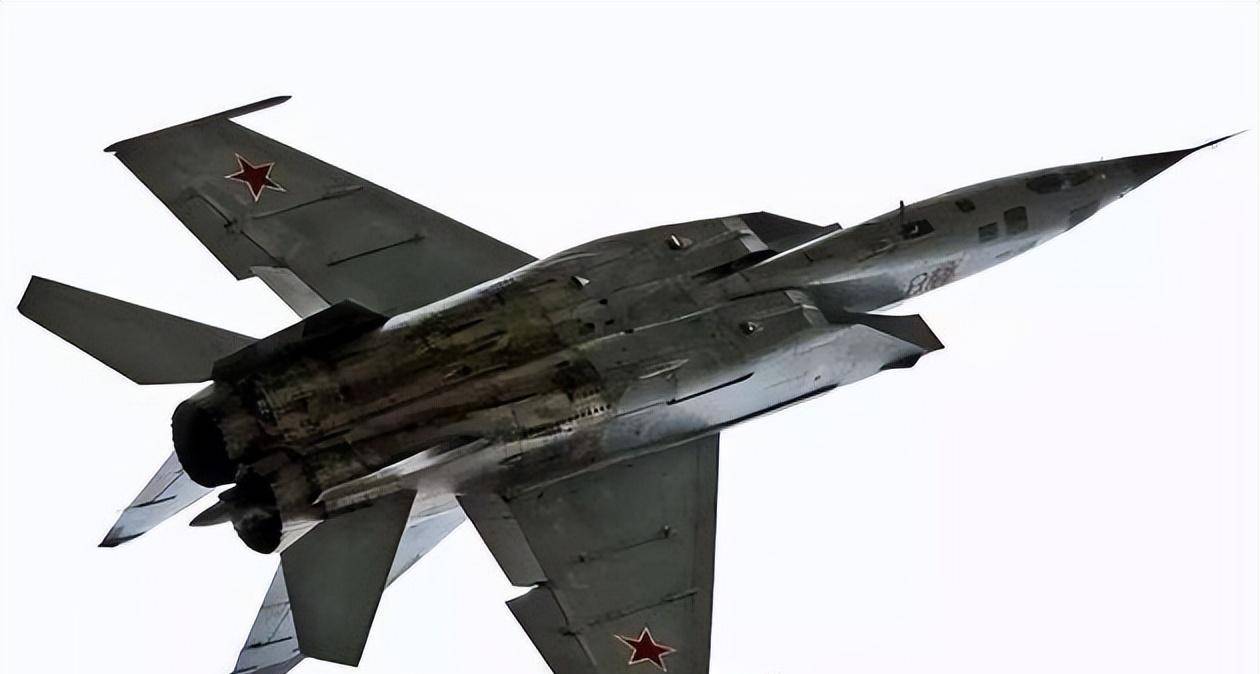
Subsequently, the Soviet “Mikoyan Design Bureau” and the “Central Aerodynamic Research Institute” began to manufacture future fighters, but the Soviets were unable to solve the material problem for a while.
The Americans used titanium alloys to solve the problem at that time, while the Soviet Union had relatively poor technology and could not afford titanium alloys as precious as gold.
In order to break the situation, the Mikoyan Design Bureau decided to use nickel alloy steel plates as the fuselage. This material is very heavy, but its heat resistance is absolutely sufficient, and it can barely be used as an aircraft fuselage.
In this context, the legendary MiG-25 was born.
In 1960, the MiG 25 entered the factory and put into production, and began test flights in 1961.
The fighter plane has a total length of 22 meters, a wingspan of 14 meters, and a height of 5.7 meters. The empty weight of the whole aircraft is 15 tons, and the maximum take-off load has reached nearly 35 tons. But because it is too heavy, it takes more than a dozen tons of fuel to make this “steel plane” fly.
But what is gratifying is that in 1961, the MiG 25 set a flight altitude record of 22,600 meters. The two R-15-300 turbojet engines were fully powered, and the maximum speed was close to Mach 3, completing the design task.
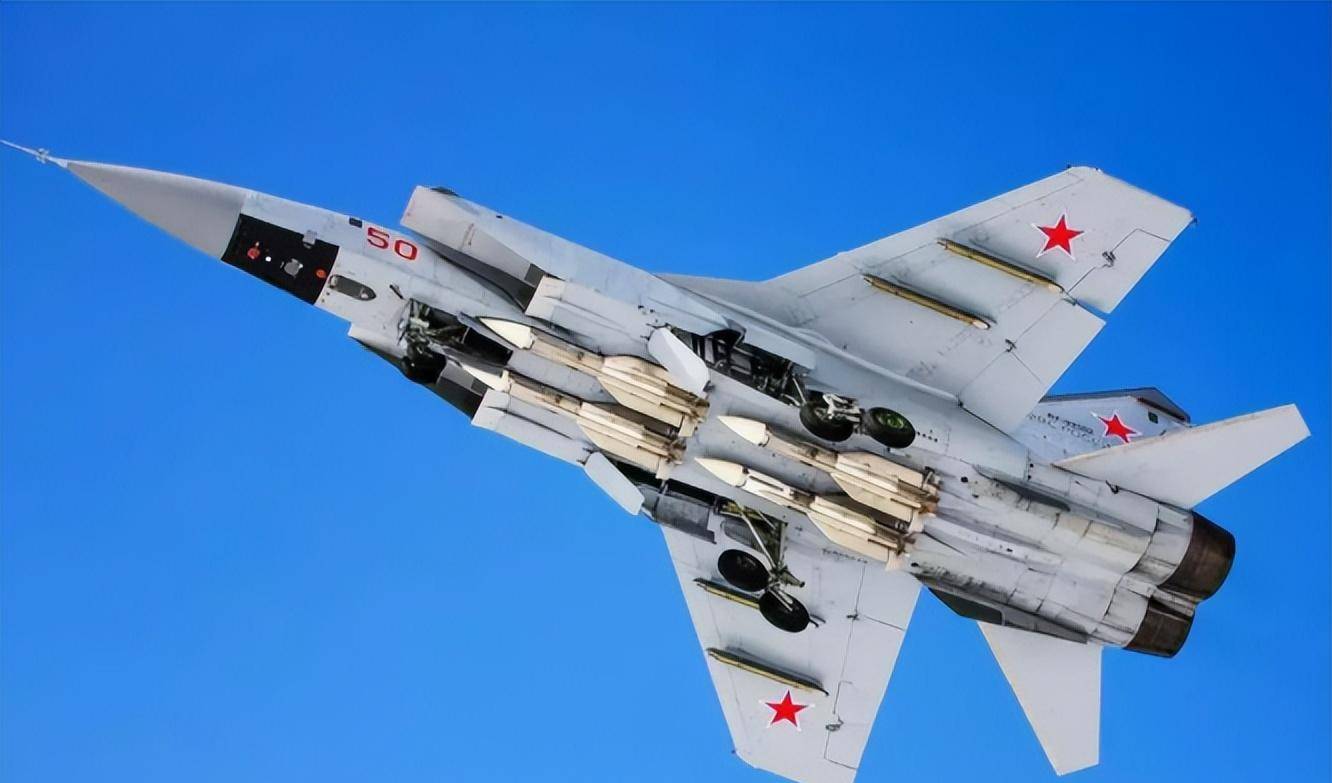
2. The “Doomsday Fighter” MiG 25 is so fast that it frightens the Israelis
Throughout the 1960s, the Soviet army polished the MiG-25, but this aircraft was controversial in the Soviet Union.
One is that it is too heavy, resulting in high fuel load but poor battery life, and the other is that the life of its engine is also a problem. If it is used under extreme conditions, the engine is easily scrapped at one time.
However, facing the military pressure of the United States, even if the MiG 25 is not perfect, it has to be pulled out.
In 1967, the MiG 25 was unveiled in the military parade of the Soviet Air Force. At the same time, the United States began to pay attention to this new fighter.
In 1969, although the aircraft still had room for improvement, it entered service with the Soviet Air Force. The Soviet army was more satisfied with the performance of the MiG-25, except that it was the earliest interceptor of the Soviet Union, the high-altitude and high-speed performance of this fighter was also excellent as a reconnaissance aircraft.
So in the early 1970s, the Soviet military industry struck while the iron was hot and manufactured MiG 25R reconnaissance aircraft and MiG 25RB reconnaissance bomber, which were exported to Middle Eastern countries.
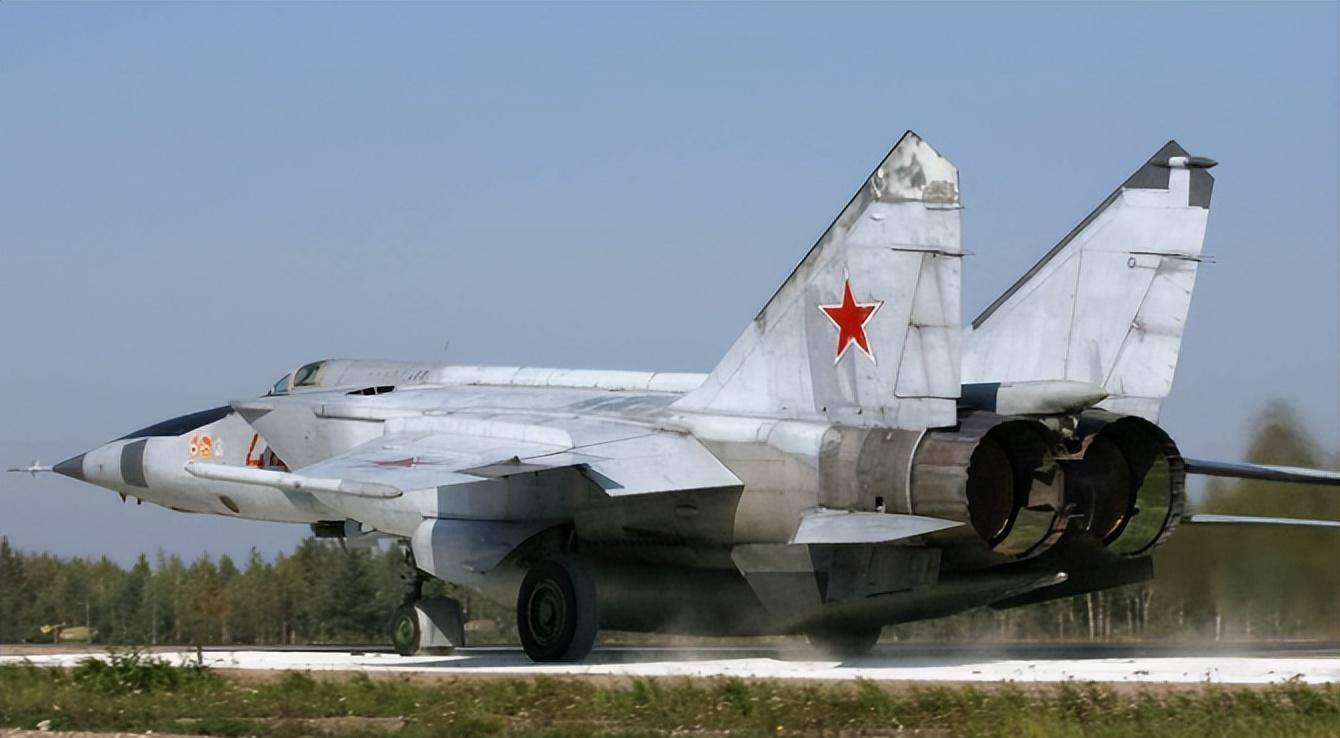
At that time, wars continued in the Middle East, and three full-scale wars broke out around Israel in the 25 years after World War II. Both the Eastern and Western camps used this place as a weapons testing ground.
In the summer of 1971, Israel once again received news that the Arab countries were about to attack, and the Israeli army strengthened its air security.
At that time, Egypt had just introduced four of the latest MiG-25R reconnaissance planes from the Soviet Union to conduct reconnaissance and filming of the land of Israel.
At the beginning of the war, the MiG 25R entered the country many times, and Israel took off F4 fighter jets to intercept them, but they were completely unable to catch up.
In an interception, the F4 chased the MiG-25 with full throttle and finally launched the Sidewinder air-to-air missile.
The Israeli pilot thought the Egyptian fighter plane had nowhere to escape, but unexpectedly, the MiG turned on its 25 horsepower and left the Sidewinder missile with a speed of Mach 2.5 far behind and fled the airspace.
Looking at the back of the MiG-25, the Israeli pilot said with emotion: “This is a fighter plane used at the end of the world.”

After this air battle, the radar of the Israeli Air Force calculated that the limit speed of this Egyptian aircraft was close to Mach 3.2, which was a bolt from the blue for the United States.
At that time, the only aircraft in the United States that could fly so fast was the Blackbird reconnaissance aircraft, and the “Valkyrie” cost 1.5 billion U.S. dollars for one aircraft. After two aircraft were built, they were lying in the warehouse.
The Blackbird made huge sacrifices for high speed, and the cost was extremely expensive, but the Soviet Union was able to produce fighter jets that could catch up to the Blackbird, and it could also be mass-produced for air combat, which is simply unimaginable.
In this regard, the United States ordered Israel to use its own intelligence network to provide more information on this MiG-25, but the Israelis quickly fell into the “Yom Kippur War”, and the spying on the MiG-25 came to an abrupt end.
After that, American scientists fell into the “MiG-25 panic”, feeling that the Soviet Union had left itself far behind in aircraft technology.
It wasn’t until the late 1970s that a traitor from the Soviet Union gave the United States a big gift, and the Americans woke up like a dream.

3. U.S. Air Force: This is a man-piloted missile
The war in the Middle East was intermittent from 1947 to 1973. The Soviet Union provided a large amount of weapons to the Arab countries, but the Soviets themselves were also very cautious and kept their weapons under strict supervision.
But the Arabs are really not good at fighting, and their will is not firm, and traitors are prone to appear. The Soviet Union is afraid that their weapons would be used by them to join the enemy.
Therefore, the Soviet instructors kept a close eye on the Arabs and even only filled up half of the fuel before the fighter jets took off. This amount of fuel was enough to fight on the battlefield, but not enough to fly to Europe or Iran.
Under these conditions, the United States could hardly obtain any inside information on Soviet weapons, especially aircraft. The more NATO can’t understand the MiG-25, the more mysterious it becomes.

However, in 1976, a MiG-25 fell from the sky and “got into” the arms of the United States directly.
At noon on September 6 of this year, a MiG-25 rushed into Japan’s airspace from the North Pacific Ocean, and finally landed at “Hakodate Airport” in northern Honshu, Japan.
This plane took off from the “Kamchatka Peninsula” in the Far East of the Soviet Union. The person driving him was called “Belenko”. He was a Soviet captain. This defection completely changed the Cold War.

Belenko is a senior pilot of the Soviet Army, but he has troubles in the country, his family is unhappy, his working environment is relatively poor, and he has no hope of promotion. So he decided to defect to the Western camp in a fit of anger, trying to rely on this MiG-25 in exchange for prosperity and wealth.
The MiG 25P, driven by Belenko made the United States ecstatic. The US military ordered the Japanese to protect the plane and then sent the plane and Belenko himself to the US military base.
Subsequently, the MiG 25 was disassembled and dissected, and the results made the Americans admire:
In the entire MiG-25, none of the technology is ahead of the United States. On the contrary, the radar and circuit equipment are very backward, making the steel plate too heavy to fight.
But such a plane, under the impetus of a crazy-increased engine, actually flew out of Mach 3.
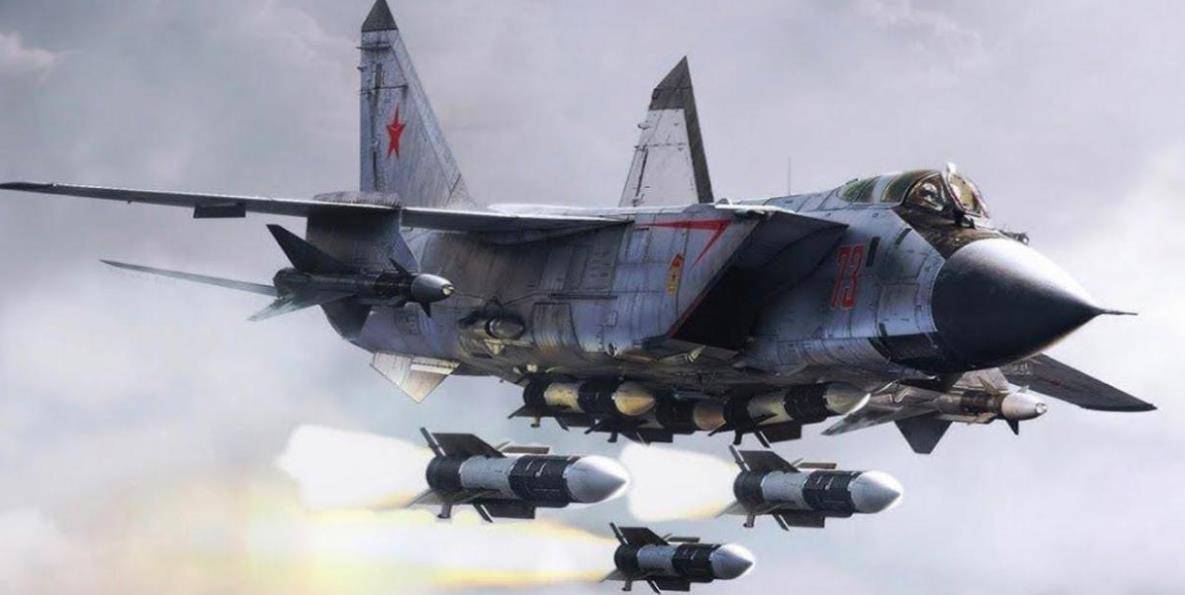
The Soviets simply and rudely increased the thrust, using fuel and high-thrust engines to send the monster to an altitude of 20,000 meters, and then flew out at a speed of Mach 3.
As a price, the engine life of this aircraft is very short, and even at the highest speed, it is declared scrapped after one flight.
In addition, more than half of the take-off load of this aircraft is fuel. Even so, its battery life is not long and will return after only a few hundred kilometers.
After dismantling the MiG 25, experts from the U.S. Air Force believed that it was not an aircraft at all, because it was almost uncontrollable at the highest speed and could only go in a straight line, so the Americans called it a “manned missile.”
In the eyes of Americans, this is a crazy invention, not a full-fledged weapon.

According to the reverse derivation of MiG-25 technology, the United States concluded that the Soviet Union has lagged behind the United States by a large margin in some key technologies, and this gap will widen.
The Americans dismantled the MiG-25 into parts and sent it back to the Soviet Union. Since then, the United States no longer has any worries about the so-called “high-tech” weapons of the Soviet Union. The only remaining missiles in the Soviet defense system still pose a threat to the United States.
Even so, the Soviet Union was able to maximize its existing technological level and create a cold war machine such as the MiG 25. In terms of technological level, the weak beat the strong, and once shocked the Western countries. It is also a kind of wisdom and courage. reflect.
Since then, the Soviet Union has sold a large number of MiG-25s to third-world countries. For example, Iraq has imported a lot.
During the Gulf War, the MiG 25 once shot down an F-18, which is one of the few records of the MiG 25 in actual combat.
After the MiG 25, the Soviet Union also changed the thinking of aircraft manufacturing, no longer pursuing the ultimate single performance, but balancing various parameters to make the aircraft performance more and more balanced.
Excellent aircraft such as the MiG 29, Su 27, and MiG-31 at the end of the Cold War are the results of the reform.



